
Zoltán Sylvester
@zzsylvester.bsky.social
Research professor at UT Austin | geology | sedimentology | rivers | python | mountains | running | opinions are my own | he/him
zsylvester.github.io
zsylvester.github.io
I got this cutting board and these coasters from Kurtis Burmeister’s Etsy shop and they are among my favorite objects in the house www.etsy.com/shop/Burmeis...




November 9, 2025 at 2:16 PM
I got this cutting board and these coasters from Kurtis Burmeister’s Etsy shop and they are among my favorite objects in the house www.etsy.com/shop/Burmeis...
It’s remarkable how laterally extensive these laminae are - here are two pieces of core that originally were 24 km apart (from Kirkland, 2003, Sedimentology)

October 28, 2025 at 12:32 PM
It’s remarkable how laterally extensive these laminae are - here are two pieces of core that originally were 24 km apart (from Kirkland, 2003, Sedimentology)
~15 years for me since the first one; I am pretty sure I have now stopped improving :)

October 15, 2025 at 1:14 PM
~15 years for me since the first one; I am pretty sure I have now stopped improving :)
... and then for wind vectors of unequal magnitude: 22/23
September 30, 2025 at 9:05 PM
... and then for wind vectors of unequal magnitude: 22/23
However, I think that the simplicity, elegance, and explanatory power of Rubin and Hunter's 1987 paper are striking. Here are two animations that summarize what happens as we increase the divergence angle, first for wind vectors of equal size, ... 21/23
September 30, 2025 at 9:05 PM
However, I think that the simplicity, elegance, and explanatory power of Rubin and Hunter's 1987 paper are striking. Here are two animations that summarize what happens as we increase the divergence angle, first for wind vectors of equal size, ... 21/23
The cross bedding resulting from this migration is not easy to distinguish from the migration of compound transverse dunes; the thing that we can rely is the divergence between the dip directions of cross sets of the smaller, superimposed dunes when compared to the larger bedforms. 19/23

September 30, 2025 at 9:05 PM
The cross bedding resulting from this migration is not easy to distinguish from the migration of compound transverse dunes; the thing that we can rely is the divergence between the dip directions of cross sets of the smaller, superimposed dunes when compared to the larger bedforms. 19/23
As many wind regimes on Earth consist of wind directions that form an obtuse angle with each other, large oblique-to-longitudinal bedforms are quite common in modern deserts. This example is from the Rub al-Khali in Saudi Arabia (source: Apple Maps). 16/23

September 30, 2025 at 9:05 PM
As many wind regimes on Earth consist of wind directions that form an obtuse angle with each other, large oblique-to-longitudinal bedforms are quite common in modern deserts. This example is from the Rub al-Khali in Saudi Arabia (source: Apple Maps). 16/23
However, as soon as the divergence angle goes above 90º, the bedform orientation is neither transverse, nor does it coincide with R. Instead, bedforms with oblique orientation are likely to form. 15/23

September 30, 2025 at 9:05 PM
However, as soon as the divergence angle goes above 90º, the bedform orientation is neither transverse, nor does it coincide with R. Instead, bedforms with oblique orientation are likely to form. 15/23
Well, when D is two times as large as S and DS = 60º, not much actually changes. The maximum gross bedform-normal transport coincides with R and transverse bedforms will dominate. 14/23

September 30, 2025 at 9:05 PM
Well, when D is two times as large as S and DS = 60º, not much actually changes. The maximum gross bedform-normal transport coincides with R and transverse bedforms will dominate. 14/23
When the divergence angle is higher than 90º, the sum of the bedform-normal components (also called the 'gross bedroom-normal transport') is at a maximum when B is aligned with the resultant vector R; that is, longitudinal bedforms are likely to form. 12/23

September 30, 2025 at 9:05 PM
When the divergence angle is higher than 90º, the sum of the bedform-normal components (also called the 'gross bedroom-normal transport') is at a maximum when B is aligned with the resultant vector R; that is, longitudinal bedforms are likely to form. 12/23
Here is a satellite image from the Taklamakan desert in China, showing dune orientations that are roughly perpendicular to each other (source: Apple Maps; see also Reffet et al., 2010, Geology) 11/23

September 30, 2025 at 9:05 PM
Here is a satellite image from the Taklamakan desert in China, showing dune orientations that are roughly perpendicular to each other (source: Apple Maps; see also Reffet et al., 2010, Geology) 11/23
When DS = 90º, things get more interesting. The sum of bedform-normal components is at a maximum at two orientations: when D and S are projected on the resultant vector *and* when they are projected on the resultant-normal line; thus bedforms are equally likely to trend in both directions. 10/23

September 30, 2025 at 9:05 PM
When DS = 90º, things get more interesting. The sum of bedform-normal components is at a maximum at two orientations: when D and S are projected on the resultant vector *and* when they are projected on the resultant-normal line; thus bedforms are equally likely to trend in both directions. 10/23
If we increase the angle between D and S to 60º, the picture essentially stays the same: transverse bedform orientation and RB = 90º. This is not that different from what we are familiar with when looking at largely unidirectional flows in rivers. 9/23

September 30, 2025 at 9:05 PM
If we increase the angle between D and S to 60º, the picture essentially stays the same: transverse bedform orientation and RB = 90º. This is not that different from what we are familiar with when looking at largely unidirectional flows in rivers. 9/23
It is worth exploring a bit these scenarios, starting with a simple setup where the divergence angle between the two wind vectors of equal magnitude, D and S, is small. In this case, the bedform trend is transverse to the resultant wind direction R. The bedform trend B is shown as a red line. 6/23

September 30, 2025 at 9:05 PM
It is worth exploring a bit these scenarios, starting with a simple setup where the divergence angle between the two wind vectors of equal magnitude, D and S, is small. In this case, the bedform trend is transverse to the resultant wind direction R. The bedform trend B is shown as a red line. 6/23
A thread about how two geologists went to a beach with a plywood board and a protractor to see how variable wind directions influence bedform orientation - and published a paper in Science that blew my mind. 🧪⚒️🧵 1/23

September 30, 2025 at 9:05 PM
A thread about how two geologists went to a beach with a plywood board and a protractor to see how variable wind directions influence bedform orientation - and published a paper in Science that blew my mind. 🧪⚒️🧵 1/23
Last week I was co-leading a field trip in Utah, to check out some fluvial and eolian rocks. It was exhausting but fun and forced me to think more carefully than before about complex bedforms. This is a 3D model of one of the many stunning exposures of the Navajo Sandstone near Escalante 🧪⚒️
September 30, 2025 at 1:10 AM
Last week I was co-leading a field trip in Utah, to check out some fluvial and eolian rocks. It was exhausting but fun and forced me to think more carefully than before about complex bedforms. This is a 3D model of one of the many stunning exposures of the Navajo Sandstone near Escalante 🧪⚒️
This is better for looking at stratigraphy:
September 14, 2025 at 5:41 PM
This is better for looking at stratigraphy:
Yes I do, for example (although this one doesn't show the stratigraphy very well):
September 14, 2025 at 5:39 PM
Yes I do, for example (although this one doesn't show the stratigraphy very well):
Random old screenshot of a meandering river model, built with 'meanderpy' (github.com/zsylvester/m...) 🧪⚒️

September 13, 2025 at 8:23 PM
Random old screenshot of a meandering river model, built with 'meanderpy' (github.com/zsylvester/m...) 🧪⚒️
Highlighting the grain flow and grain fall deposits in the preserved lower part of a Jurassic dune, Navajo Sandstone, Grand Staircase - Escalante National Monument, Utah 🧪⚒️
September 3, 2025 at 2:25 AM
Highlighting the grain flow and grain fall deposits in the preserved lower part of a Jurassic dune, Navajo Sandstone, Grand Staircase - Escalante National Monument, Utah 🧪⚒️
This thoughtful and beautifully illustrated book is about creating good scientific visualizations with Python & Matplotlib
github.com/rougier/scie...
github.com/rougier/scie...

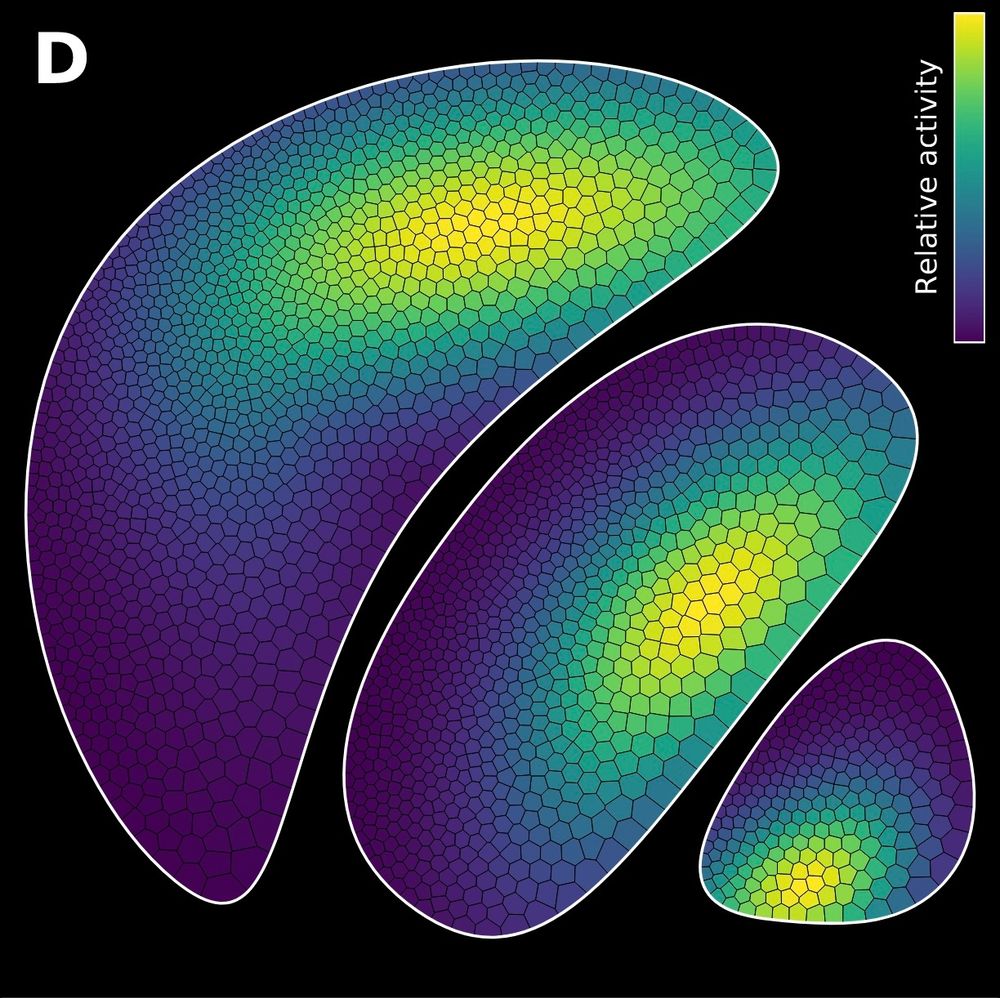
August 19, 2025 at 1:36 AM
This thoughtful and beautifully illustrated book is about creating good scientific visualizations with Python & Matplotlib
github.com/rougier/scie...
github.com/rougier/scie...
Short paper in @joss-openjournals.bsky.social on 'segmenteverygrain', a machine learning model for segmenting grains in images. Review process: a bit slow, but transparent, friendly, rigorous, and useful joss.theoj.org/papers/10.21...

August 12, 2025 at 1:07 PM
Short paper in @joss-openjournals.bsky.social on 'segmenteverygrain', a machine learning model for segmenting grains in images. Review process: a bit slow, but transparent, friendly, rigorous, and useful joss.theoj.org/papers/10.21...
I have been experimenting with different ways of visualizing the curvature of meandering rivers. Plotting curvature in the context of the meanders themselves helps QC-ing the curvature data ⚒️🧪
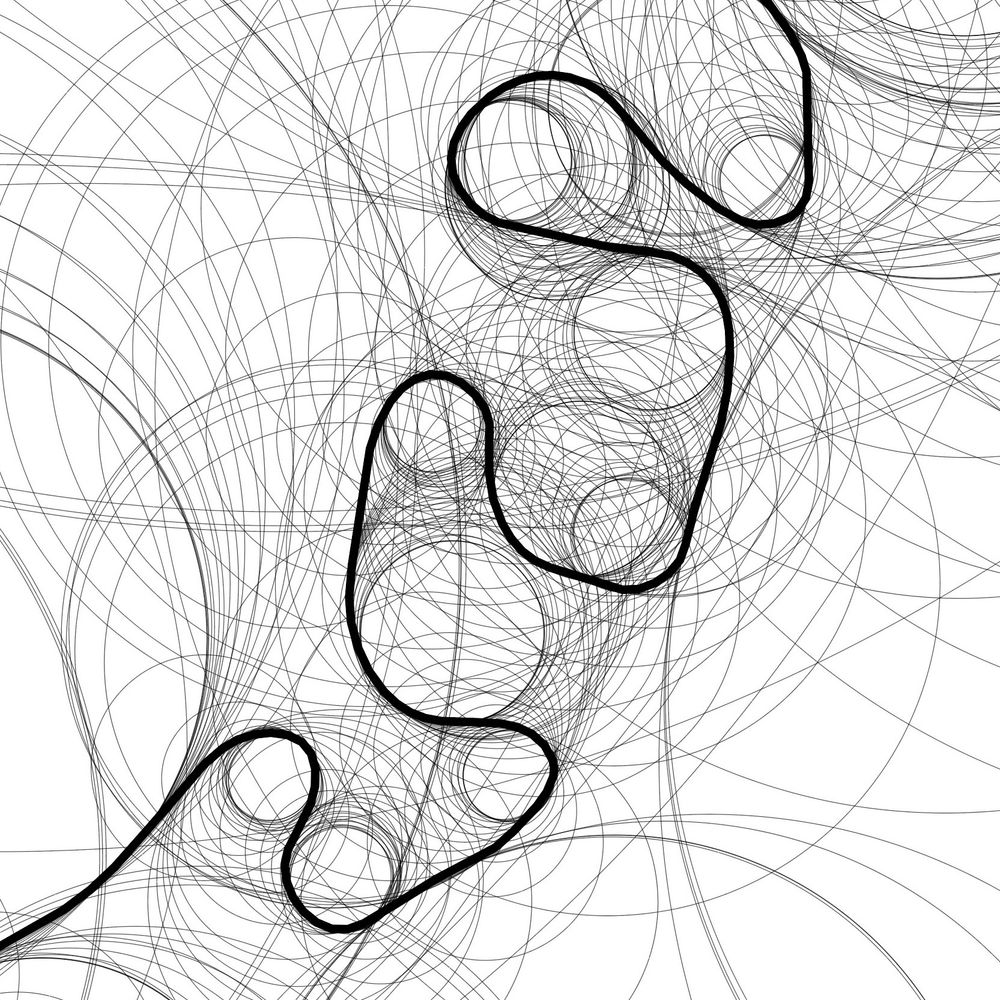
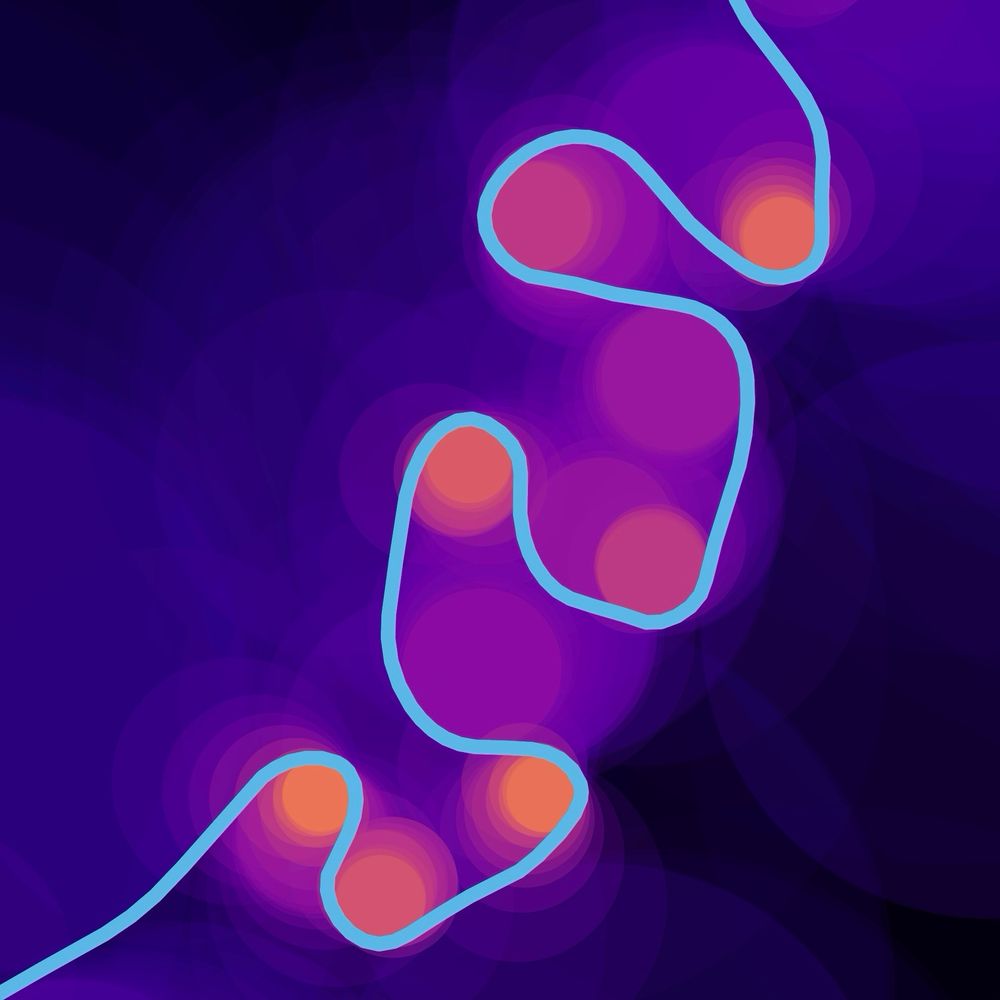
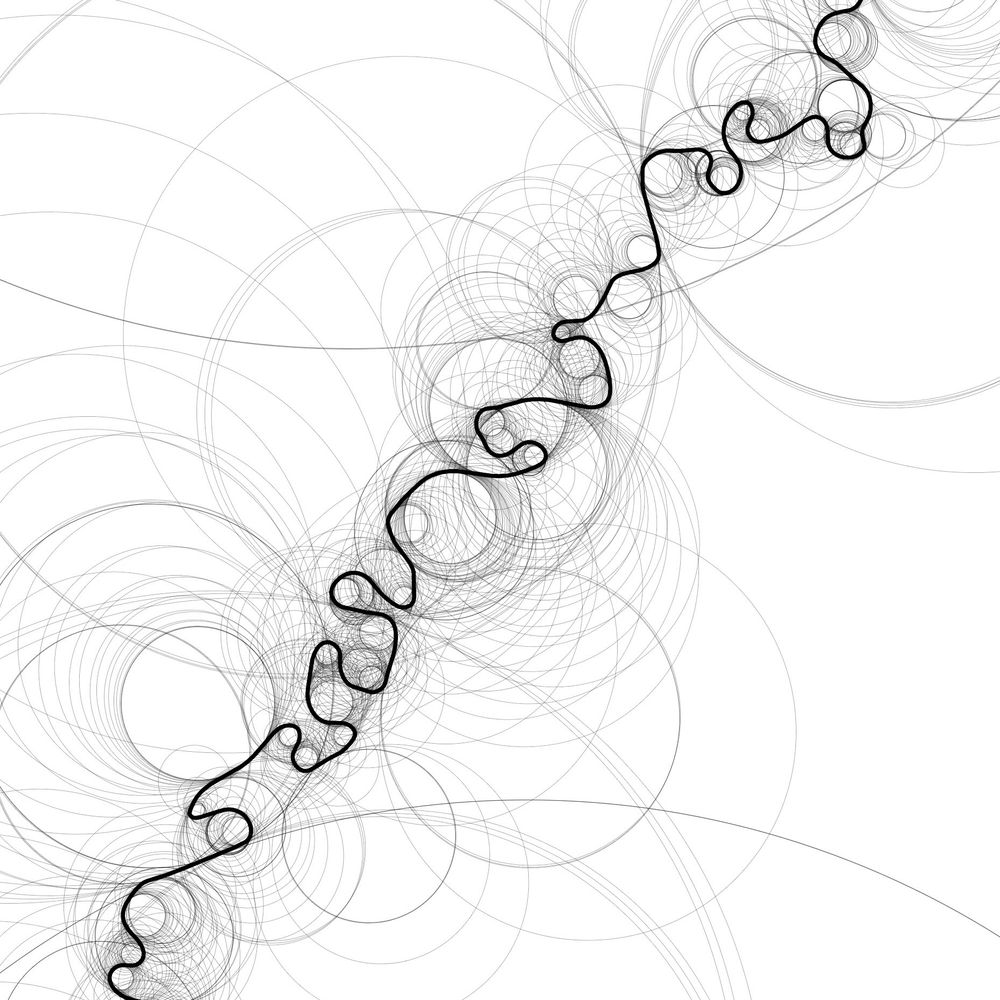

August 8, 2025 at 10:12 PM
I have been experimenting with different ways of visualizing the curvature of meandering rivers. Plotting curvature in the context of the meanders themselves helps QC-ing the curvature data ⚒️🧪
Spent some time in the Dolomites/Alps (to get away from everything for a while). The weather was far from perfect but having some constantly evolving low clouds around the mountains is not always bad

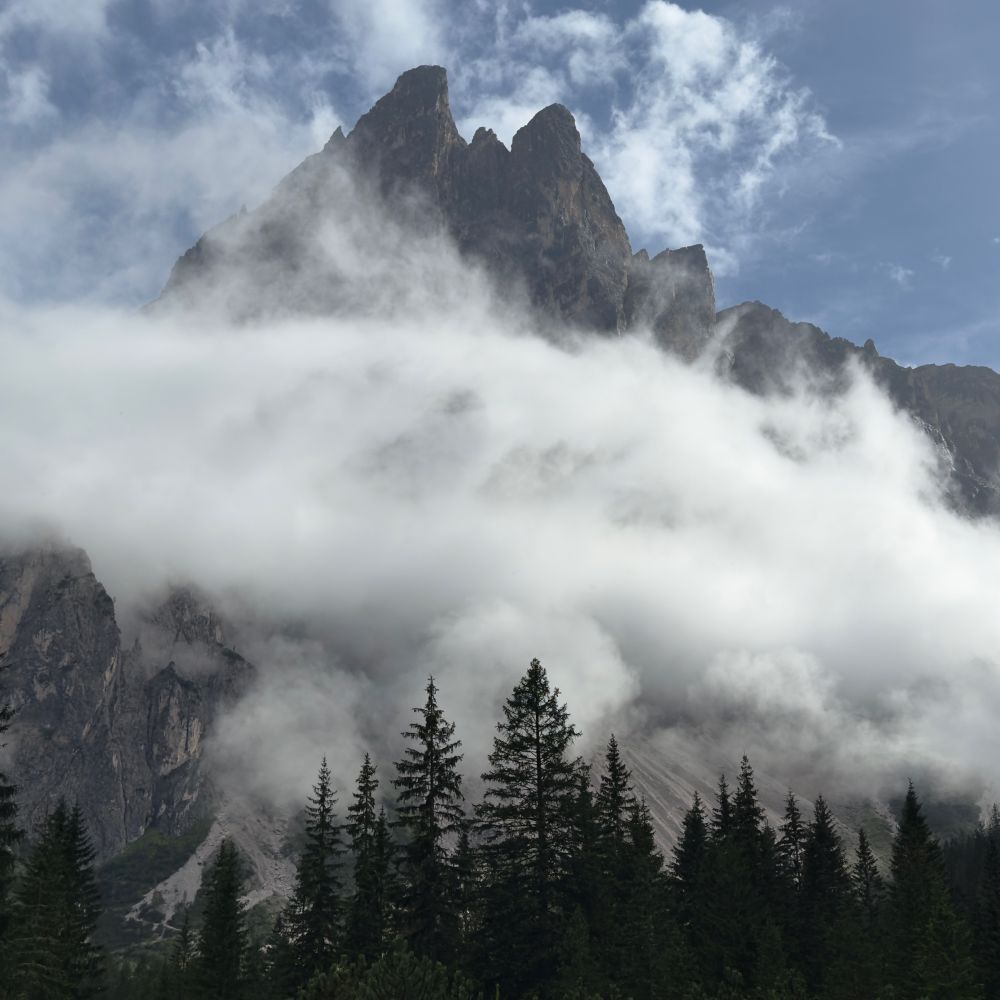
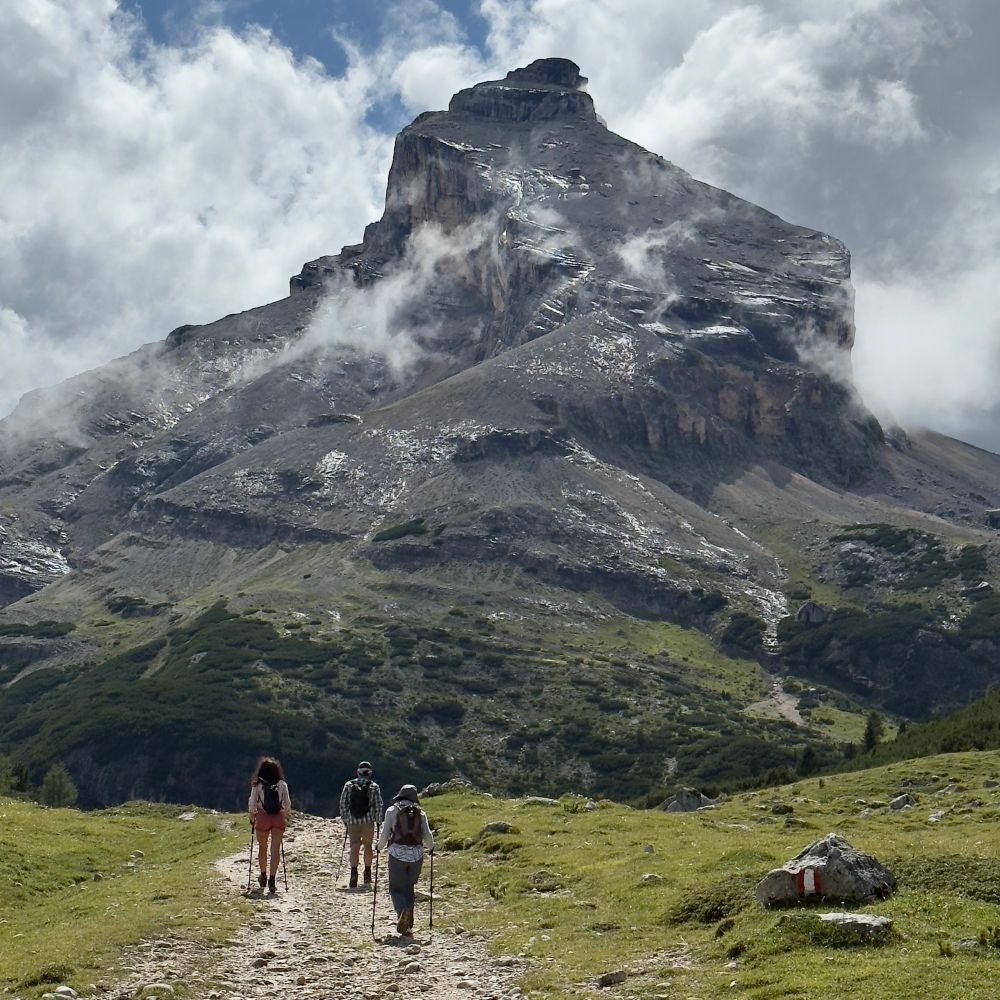

August 4, 2025 at 12:59 AM
Spent some time in the Dolomites/Alps (to get away from everything for a while). The weather was far from perfect but having some constantly evolving low clouds around the mountains is not always bad





